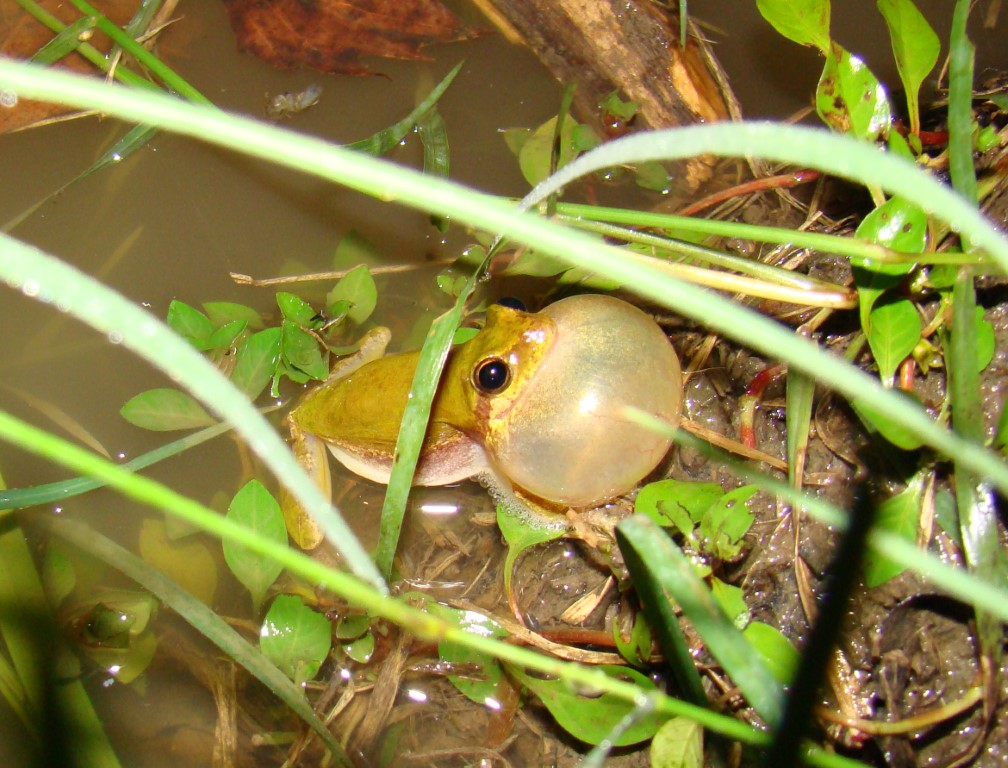Habitat associations of chorusing anurans in the Lower Mississippi River Alluvial Valley
Abstract/Summary
Amphibian populations have declined worldwide. To pursue conservation efforts adequately, land managers need more information concerning amphibian habitat requirements. To address this need, we examined relationships between anurans and habitat characteristics of wetlands in the Lower Mississippi River Alluvial Valley (LMAV). We surveyed chorusing anurans in 31 wetlands in 2000 and 28 wetlands in 2001, and measured microhabitat variables along the shoreline within the week following each survey. We recorded 12 species of anurans during our study. Species richness was significantly lower in 2000 than 2001 (t-test, P < 0.001) and correlated with an ongoing drought. We found species richness to be significantly greater at lake sites compared to impoundment, swale, and riverine sites (ANOVA, P = 0.002). We used stepwise regression to investigate the wetland types and microhabitat characteristics associated with species richness of chorusing anurans. Microhabitat characteristics associated with species richness included dense herbaceous vegetation and accumulated litter along the shoreline. Individual species showed species-specific habitat associations. The bronze frog, American bullfrog, and northern cricket frog were positively associated with lake sites (Fisher’s Exact Test, P < 0.05), however wetland type did not significantly influence any additional species. Using bivariate correlations, we found that six of the seven most common species had significant associations with microhabitat variables. Overall, our findings support the view that conservation and enhancement of amphibian communities in the LMAV and elsewhere requires a matrix of diverse wetland types and habitat conditions.
Publication details
| Published Date: | 2006 |
| Outlet/Publisher: | Wetlands 26: 736-744 |
| Media Format: |
ARMI Organizational Units:
Southeast - BiologySouth Central - Biology
Topics:
Species and their EcologyPlace Names:
LouisianaKeywords:
call surveyshabitat

